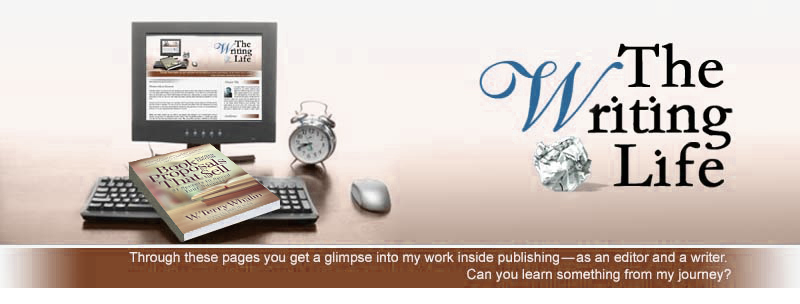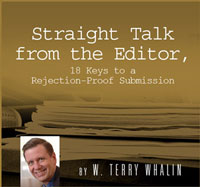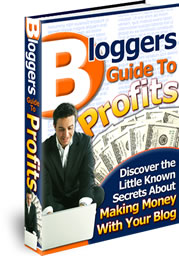Why Is Successful Publishing Hard?
By Terry Whalin @terrywhalin
Everyone with a computer believes they can publish their writing. With the proliferation of cellphones, everyone has a computer and a way to “publish” and write. Every writer is on a journey to find the right connection and method to publish then tell people about their writing.
The journey to success is filled with wrong turns and failures--hard results for every person. In this article I want to give you a bit of a reality check about what is happening and then some practical steps you can take to get on the road to success.
Just because you can type or speak your words into a computer does not mean your writing is well-done or tells a good story. Storytelling involves understanding structure and how to write words which garner attention. You can practice telling a story orally to a friend or relative. As you tell that story, watch how the other person reacts and responds. Sometimes when I tell a story to my wife, she will respond, “Why didn't you say that in the first place?” It shows I did not tell my story in a straightforward or interesting manner. When you write for a publisher, your storytelling or pitch has seconds to grab the reader. You develop this skill through regular practice and experimentation.
Another important element preventing successful publishing is not understanding or misunderstanding of the publishing market before you pitch. For example, an author sent me a self-published book that Morgan James Publishing could possibly publish. Most publishers would not consider bringing a self-published book into their system. This book had only been published on Amazon which is a big customer for Morgan James but only 24% of our overall business. This author is missing 76% of where we could sell the book. The book had a lot of merit but one glaring problem: it was only 68 pages long or too short. Most books are spine out in the bookstore and I encouraged this author to add content to the book for Morgan James to consider it.
As authors look over the publishing landscape, they understand traditional publishers are looking for people with large connections to readers (often more than they have at that time). Because they want to get their book published now rather than later, these authors will self-publish. What they often don’t understand is that self-publishing creates a sales track record for that book which is publish through Nielson’s BookScan (an expensive subscription but something every publisher has access to use).
Before you fire off that submission to an editor or an agent, take some time to see what types of books that publisher is producing. For example, I recently got a follow-up message from an author about his submission. I commend the fact that this author followed up because I’ve been traveling and away from my computer at several conferences and not processing my submissions as quickly as some months.
From his follow-up email, I located his first email, which I had not opened his submission or read. When I looked at his submission, almost immediately I recognized this author's failure in his pitch. It was a page of poetry without anything additional. In response, I asked for clarification to learn what he was pitching. It could be a children’s book or a gift book or maybe some other type of book. I could not tell from the outset. It is little wonder this author wasn’t finding any interest in his unclear pitch.
Do you know where what you are writing falls into the range of books that are published? Do you have a book proposal or a business plan? Even if you eventually self-publish, I believe successful publishing begins with the creation of a book proposal. Admittedly it is hard work to write this business plan but when you finish, you will understand your target reader and audience, along with your competition and have a written gameplan how you are going to reach this audience.
Here's the irony related to each of these authors I’ve mentioned above and been in touch with recently: in the signature block of my email, I have a link to a free copy of Book Proposals That Sell. This book has over 150 five star reviews and has helped many people clarify their publishing journey. I suspect these authors didn't even touch the link in my signature or read the free book.
Every author needs to do the hard work to find the right connection and explore the different types of publishing--including Morgan James Publishing. You can’t understand the details just reading about it online. The key part of the process is to take action and submit something. There is no cost to explore and understand the process.
Another element for successful publishing is the marketing or selling of your book to your readers. As I taught at the recent Blue Ridge Mountains Christian Writers Conference in my continuing class, each of us have to try many different aspects to reach our target market. This process involves failure and trial and error along with consistency and persistence. If there were a three or four step formula for success, then every published book would be a bestseller (which does not happen).
Successful publishing is a journey and you have to take consistent and persistent action to find your path in this process. It takes hard work and continued effort but the only way it can stop and fail is if you stop trying.
As a writer, be commited to continual growth and learning about different aspects of reaching readers. Each of us have a wealth of material in front of us. The key is to do more than cram facts into our heads but to take regular action in your journey. Continually build new relationships and learn from experts. Get to a writer's conference and apply what you learn to your own writing. Read how-to-write books and apply what you learn to your writing life.
I hope I’ve encouraged you to take action. What am I missing in this process and why do you believe successful publishing is hard? Let me know in the comments below.
Tweetable:
My Writing In Other Places:
With these articles, I encourage you to publish your work beyond your blog in other places. Below is an article that was recently published on Almost An Author where I write about different aspects of book proposal creation.
Read Your Proposal Looking for Any Hype at: https://bit.ly/3HMDFo0
New Podcasts:
In these articles, I’ve encouraged you to use PodMatch or some similar tool to book and record podcasts. Last week two more podcast recordings launched.
Nyomi Banks (@AskNyomi) and I spoke about “Creativity Unleashed: Publishing Insights and Self-Expression” on The Season of Self Love Podcast. Listen at: https://bit.ly/4jIihxL Then learn more at: http://publishingoffer.com #publishingtip #writingtip
Teri M. Brown (@TeriMBrown1) and I spoke about Ten Misconceptions About Publishing You Can't Afford to Ignore on The Online for Authors Podcast. Listen at: https://bit.ly/3FLIU6T
Get to a Conference:
One of the best ways to boost your writing life is to attend a writer’s conference. Here’s another possibility for us to meet.
Later this month, let’s meet in Oregon. I will be teaching about how to Jumpstart Your Publishing at the Cascade Christian Writers Conference from June 22nd to 25th plus meeting with authors about their publishing plans. Get registered at: https://bit.ly/3Z5dSNF
Many authors have an unrealistic idea about the details of publishing. 10 PUBLISHING MYTHS is a practical easy reading book to help you. Get my decades of insights in 10 PUBLISHING MYTHS for only $10, free shipping and over $200 of bonuses.
Get these articles on your email:
Since 2004, I have blogged about The Writing Life over 1,700 entries and one of the top 27 content writers. With this simple form, each week you can get my new articles, encouragement and insights at: https://t.co/W6uU64u6aA
Labels: author, Book Proposals That Sell, business plan, editor, Morgan James Publishing, self-publishing, submissions, Terry Whalin, The Writing Life, Why Is Successful Publishing Hard?



























0 Comment:
Post a Comment
That's the writing life...
Back to the home page...